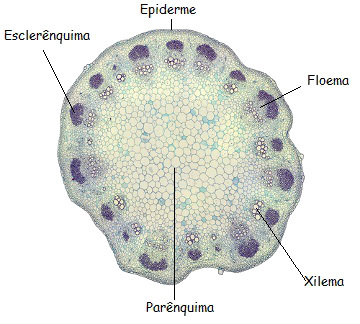Ohuman skeletonit is a very important structure, as it guarantees tissue support, protection of some organs, blood cell production, storage of mineral salts and movement. Made up of several articulated bones, the skeleton is essential for our survival.
Contrary to what many people think, bones are formed by living tissue. The tissue that makes up bones is a special type of connective tissue called bone tissue. This tissue has cells called osteocytes, osteoblasts and osteoclasts, in addition to a calcified extracellular material.
The human skeleton and teeth contain 99% of the calcium present in the body.
Lack of calcium in childhood causes a problem known as rickets. In cases of rickets, the bones do not grow normally, and the ends of the long bones are deformed.
During fetal development, most of the skeleton first develops as a model of cartilage, which is gradually replaced by bone, a process called endochondral ossification.
The adult skeleton has 206 bones, however, a child after birth has, on average, 270 bones. This is because, after some time, many bones fuse together, forming just one.
The largest bone in the human skeleton is the femur. In people of 1.80 m, the femur is approximately 50 cm.
The smallest bone in the human body is the stapes, located in the middle ear. It is about 2.6 to 3.4 mm long and weighs about 2 to 4.3 mg.
The strongest and longest bone in the face is the jaw. Besides, it's the single moving bone of the skull.
In an adult, it is observed in the sternum, vertebrae, ribs and pelvis the presence of red bone marrow, which is related to the production of blood cells.
The hyoid bone does not have jointsand it is located in the neck region, between the mandible and the larynx.

